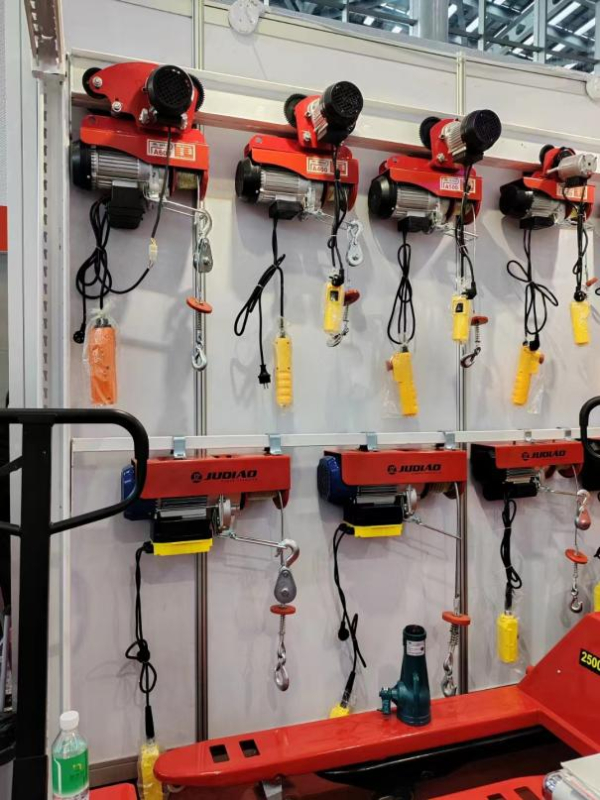


The Concept of Chain Block in Lifting Operations A Closer Look at a 1 Ton, 6 Meter Device
In various industries, the need for lifting heavy materials is an everyday occurrence. Among the tools used for such tasks, chain blocks have emerged as efficient and reliable solutions. A chain block, or chain hoist, utilizes a chain and pulley system to lift loads safely and efficiently. This article will focus on a specific example a 1-ton chain block with a lifting height of 6 meters, discussing its advantages, applications, and operational safety.
Understanding the Chain Block
A chain block functions by using a manual hand chain or a powered system to pull the lifting chain, which in turn raises the load. The mechanism incorporates gears and pulleys that reduce the amount of force required to lift heavy items. For instance, in the case of a 1-ton chain block, it means that the device is capable of lifting loads weighing up to 1,000 kilograms. The specification of 6 meters denotes the maximum height to which the block can lift a load.
Design and Features
The design of a 1-ton, 6-meter chain block typically includes a robust steel frame that can withstand significant weight and wear. The chain itself is often made of high-strength alloy steel, ensuring durability and safety. Additionally, these devices usually come equipped with safety mechanisms such as overload protection and automatic braking systems, which help prevent accidents during operation.
Advantages

One of the primary advantages of using a chain block is its efficiency. By equipping a worker with the means to lift heavy loads without excessive physical strain, the chain block enhances productivity in manual labor environments. Moreover, it is relatively easy to operate, requiring minimal training. Unlike electric hoists, chain blocks do not rely on electricity, making them suitable for outdoor or remote job sites where power supply might be an issue.
Applications
A 1-ton chain block with a 6-meter lifting capacity can be found in various sectors, including construction, manufacturing, and warehousing. In construction, such devices are often used to hoist materials like steel beams or concrete blocks. In manufacturing settings, they may assist in moving components along assembly lines or loading products into shipping containers. Additionally, in warehousing, chain blocks facilitate the transfer of heavy items to different storage levels.
Safety Considerations
While chain blocks are invaluable tools, safety must always be prioritized during their use. Operators should undergo training to understand the mechanics of the device and best practices for securing loads. It is also essential to inspect the chain block regularly for signs of wear and tear, ensuring that it remains safe for operation. Furthermore, loads should always be balanced and secured before lifting to prevent accidents.
Conclusion
In conclusion, a 1-ton, 6-meter chain block represents a vital tool in lifting operations across various industries. Its design offers efficiency, versatility, and durability, making it suitable for numerous applications. However, proper training and adherence to safety protocols are crucial to maximize its benefits and ensure a safe working environment. As industries continue to seek effective methods for material handling, the chain block’s functionality and reliability will remain indispensable components of lifting operations.



